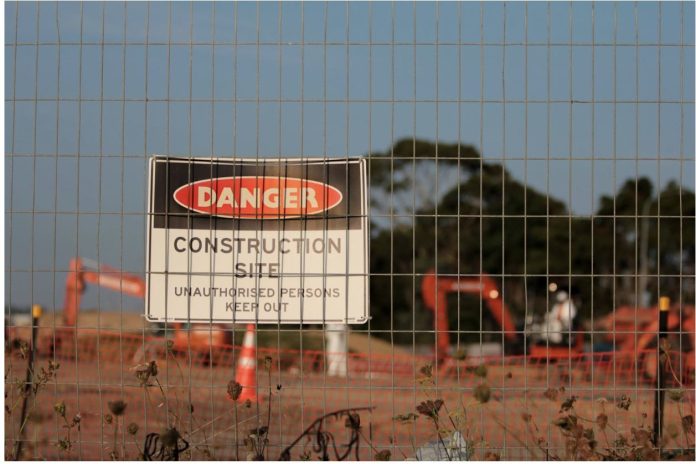According to reports, there are 340 million workplace accidents each year, and 160 million people suffer from injuries related to their jobs. More than 84% of nonfatal injuries requiring days away from work are caused by slips, trips, falls, overexertion, and contact with objects and equipment. Although it’s virtually impossible to eradicate workplace accidents, you can undoubtedly reduce mishaps by adhering to safety regulations.
Check the most basic ways to enhance the safety in the work area to protect your employees and help your business avoid costly lawsuits.
(Headline photo by Sandy Millar on Unsplash)
Implement Safety Protocols
Employees who adhere to safety regulations and carry out their duties following established procedures are the foundation of a safe workplace. To ensure everyone is on the same page, you should implement safety protocols. When creating them, consider the standards imposed by OSHA (Occupational Safety and Health Administration), your industry, and other governing body requirements.
Educate Employees
Each employee should get at least basic training on safety in the workplace. Also, you should consider what workers may need to feel safe on the job. The safety education and training will depend on the specific industry and work environment. For example, a worker in the construction field might need to be trained in machine safeguarding, whereas workers in banking would benefit from cybersecurity training.
Use Signs, Labels, and Lights
Using signs, labels, and lights is paramount for ensuring workers’ safety. First, they provide a clear and concise way to communicate important information. The labels communicate hazards warnings, directions for use, and needed safety measures. They usually feature diagrams and pictures. Similarly, signs can remind the workers about hazards and may reveal dangerous locations or lead people to safe zones. Warning lights are also essential for marking sources of risks. They come in various shapes — from LED forklift lights to rotating mirror lights, warning lights are a must in noisy workshops and moving danger zones.
Keep the Workplace Clean
A cluttered workspace poses a danger of tripping or slipping. You can avoid these accidents by simply keeping the work area organized and tidy. Be sure to clear the walkways, untangle cords, and avoid stacking items in an unsecured way as they could easily topple over workers.
Partner With Occupational Medical Practitioners
Occupational medical practitioners can offer insightful advice on workplace injury and prevention. Have them visit your worksite and identify areas with a high risk for employee injury. Physical and occupational therapists can also enhance workplace ergonomics and conduct human performance evaluations to help you assess candidates for physically demanding tasks.
Encourage Frequent Stretch Breaks
Stretching breaks are a simple yet very effective technique to improve the health of workers. Even a five-minute stretching break can lower the risk of repetitive motion injuries and help release tight muscles and loosen joints. Encourage them to make frequent breaks and entice them to engage in active movements rather than merely passive stretching.
Have Regular Meetings on Workplace Safety
Regular meetings to review safety procedures and discuss prevention keep workplace safety at the forefront, as everyone will know what to do immediately if something goes wrong. As an employer, your duty is to protect your staff members and ensure a safe, healthy, and effective working environment workplace
Make It Easy for Employees to Report Risks
Employees won’t report potential and existing workplace risks if it’s difficult for them to do so. Therefore, even if that employee might avoid the potential or existing risk, their failure to alert others may result in harm to another employee. Put together a simple and straightforward reporting system so you can prevent this. First, choose a team member to serve as the safety supervisor. Then, assign them the duties of receiving reports and ensuring that hazards are dealt with promptly. Giving one person the task eliminates back-and-forth communication between several persons and reduces confusion.
Photo by Scott Blake on Unsplash
Final Thoughts on Improving the Safety in the Work Area
Safety at work isn’t a one-and-done job. It must change for a variety of reasons, including the hiring of new managers and staff as well as new workers, tools, and facilities. As a result, there will always be room to enhance safety regulations in the work area. The greatest method to stay current with continually evolving safety challenges is to consistently come up with fresh, original suggestions for enhancing the safety culture at your organization.










